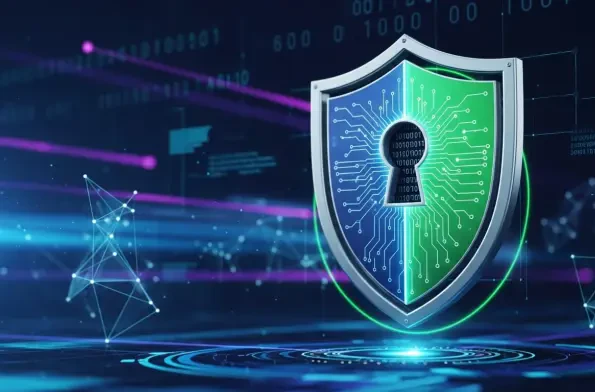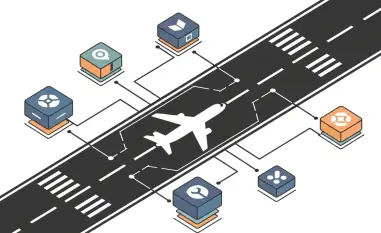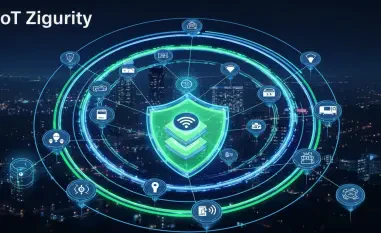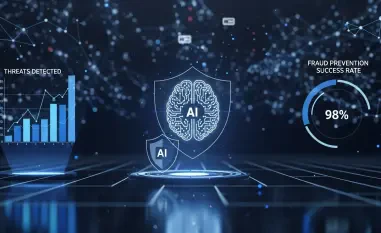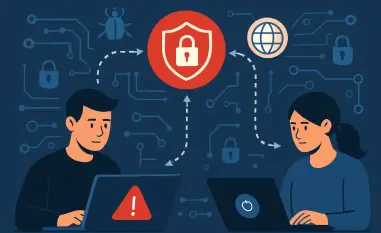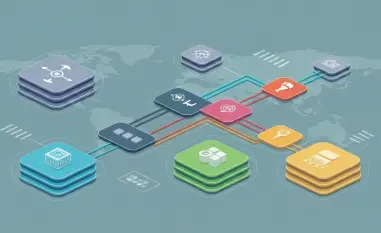Imagine a global enterprise rolling out a cutting-edge cloud platform to streamline operations, only to face a devastating data breach within weeks, costing millions in damages and eroding customer trust overnight. This scenario is not a distant possibility but a stark reality for many organizations navigating digital transformation. As businesses increasingly rely on technology to drive growth, cybersecurity has emerged as a cornerstone of success, transcending its traditional role as a defensive mechanism to become a vital key performance indicator (KPI). This guide explores why integrating robust security practices into digital initiatives is critical for resilience and competitive advantage. It offers actionable best practices to safeguard transformation efforts, ensuring that innovation and security go hand in hand in today’s hyper-connected landscape.
The Intersection of Cybersecurity and Digital Transformation
Digital transformation is reshaping industries by leveraging technologies like cloud computing and artificial intelligence to enhance efficiency and customer engagement. However, this rapid adoption of digital tools has amplified vulnerabilities, making cybersecurity an integral component of any successful strategy. No longer just a safeguard, it is now a benchmark for measuring the health of digital initiatives, directly impacting business outcomes such as operational stability and market positioning.
The integration of security into transformation efforts ensures that organizations can withstand cyber threats while maintaining momentum in their growth plans. A breach can derail projects, disrupt services, and tarnish brand reputation, whereas a secure foundation fosters trust among stakeholders and supports sustained progress. Prioritizing cybersecurity from the outset enables companies to innovate with confidence, knowing their assets are protected against evolving risks.
This guide delves into the critical link between security and business performance, offering practical strategies for embedding protective measures into digital frameworks. It also examines the shift in perception, where cybersecurity is viewed not as a cost but as a strategic enabler. By aligning security with transformation goals, enterprises can navigate the complexities of the digital era with greater assurance.
Why Cybersecurity Matters for Digital Success
In an era where data is a core asset, the connection between cybersecurity and business continuity cannot be overstated. A single cyber incident can halt operations, expose sensitive information, and lead to significant financial setbacks. Protecting digital infrastructure is essential to ensure uninterrupted service delivery and to maintain the reliability that customers and partners expect from a modern enterprise.
Beyond operational stability, strong cybersecurity practices offer distinct advantages in building trust and standing out in a crowded market. Customers are more likely to engage with brands that demonstrate a commitment to safeguarding their data, while investors view robust security as a sign of long-term viability. This trust translates into loyalty, stronger relationships, and a reputation that differentiates a business from its competitors.
Moreover, cybersecurity aligns with broader corporate responsibilities, including compliance with regulatory standards and integration into Environmental, Social, and Governance (ESG) frameworks. As stakeholders increasingly prioritize ethical and sustainable practices, effective cyber risk management signals accountability, enhancing investor confidence and positioning a company as a responsible leader in its field. This holistic impact underscores the need to treat security as a priority rather than an afterthought.
Key Cybersecurity Practices for Digital Resilience
To navigate the challenges of digital transformation, organizations must adopt proactive security practices that protect against threats while supporting innovation. These strategies are not merely technical solutions but are tied to overarching business objectives, ensuring that security enhances rather than hinders progress. The following sections outline essential practices that can fortify digital resilience in a dynamic threat landscape.
Focusing on actionable measures, these practices address modern challenges such as sophisticated cyberattacks and regulatory demands. By embedding security into every layer of operations, companies can mitigate risks and maintain agility. Each approach is designed with real-world applicability in mind, offering a roadmap for seamless integration into existing systems.
Implementing Zero-Trust Architecture
The zero-trust model operates on the principle that no user, device, or network should be inherently trusted, requiring continuous verification to access resources. This approach minimizes the risk of unauthorized entry by enforcing strict controls, even within internal environments. It is particularly effective in protecting against insider threats and lateral movement by attackers who breach initial defenses.
Implementing zero-trust involves several key steps, such as establishing robust identity verification processes to authenticate users at every interaction. Micro-segmentation of networks limits access to specific zones, reducing the potential impact of a breach. Additionally, adopting least-privilege access policies ensures that individuals only have permissions necessary for their roles, further tightening security across the organization.
A compelling example comes from the financial services sector, where a major institution adopted zero-trust to combat insider threats. By implementing continuous monitoring and segmented access, the organization significantly reduced unauthorized activities and achieved compliance with stringent industry regulations. This case highlights how zero-trust can transform security posture while supporting operational needs.
Adopting Measurable Cybersecurity KPIs
Quantifying security performance through KPIs provides a clear picture of an organization’s resilience and aligns cybersecurity with business goals. Metrics such as Mean Time to Detect (MTTD) and Mean Time to Respond (MTTR) offer insights into how quickly threats are identified and neutralized. These indicators help executives understand vulnerabilities and allocate resources effectively.
Selecting relevant KPIs requires a focus on metrics that reflect specific risks and priorities, ensuring they are integrated into regular reporting for visibility at the leadership level. Tracking these indicators over time reveals trends, enabling continuous improvement in security processes. This data-driven approach bridges the gap between technical defenses and strategic decision-making.
A retail company demonstrated the value of KPIs by using MTTD and MTTR to enhance its response capabilities. During a ransomware attack, these metrics allowed the company to pinpoint weaknesses swiftly, minimizing downtime and protecting critical systems. Such examples underscore the importance of measurable standards in maintaining a proactive stance against cyber threats.
The Future of Cybersecurity as a Strategic Asset
Cybersecurity stands as the bedrock of successful digital transformation, evolving from a reactive function to a strategic asset that drives enterprise value. Its role in enabling innovation, preserving trust, and ensuring resilience positions it at the heart of modern business strategy. As threats become more sophisticated, embedding security into every facet of planning is not just prudent but essential.
For business leaders, Chief Information Security Officers (CISOs), and IT teams, the path forward involves prioritizing cybersecurity within long-term goals and fostering a culture of awareness across all levels. Balancing investments in security with the need for innovation requires careful planning, ensuring that protective measures do not stifle progress. Staying ahead of emerging risks through regular training and updated protocols is equally critical.
Looking ahead, organizations must consider how to adapt to new challenges, such as the rise of artificial intelligence-driven attacks or vulnerabilities in interconnected supply chains. By proactively addressing these concerns and leveraging advanced tools like automated threat detection, companies can maintain a competitive edge. This forward-thinking mindset ensures that cybersecurity remains a catalyst for growth rather than a barrier.
In reflecting on the journey of integrating cybersecurity into digital transformation, it is evident that actionable steps taken by forward-thinking organizations pave the way for resilience and trust. The adoption of zero-trust architecture and measurable KPIs proves instrumental in safeguarding operations. Moving forward, the focus shifts to empowering teams with ongoing education on emerging threats and investing in cutting-edge solutions to anticipate risks, ensuring that security continues to underpin innovation and long-term success.
